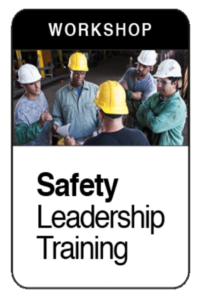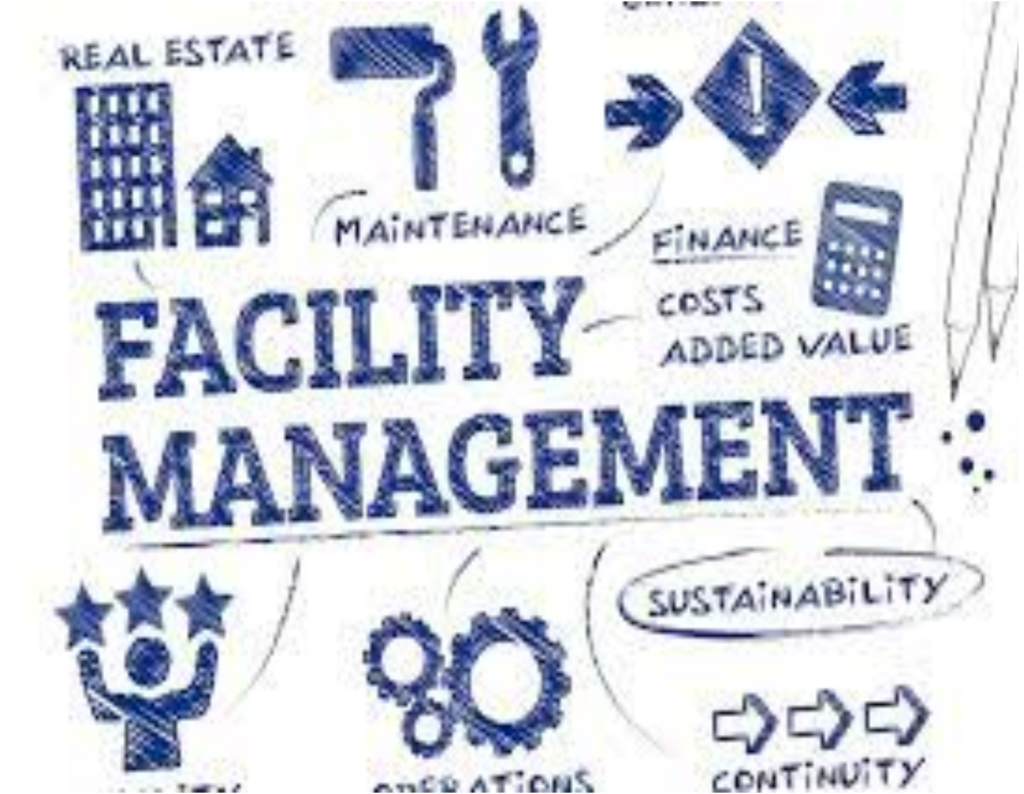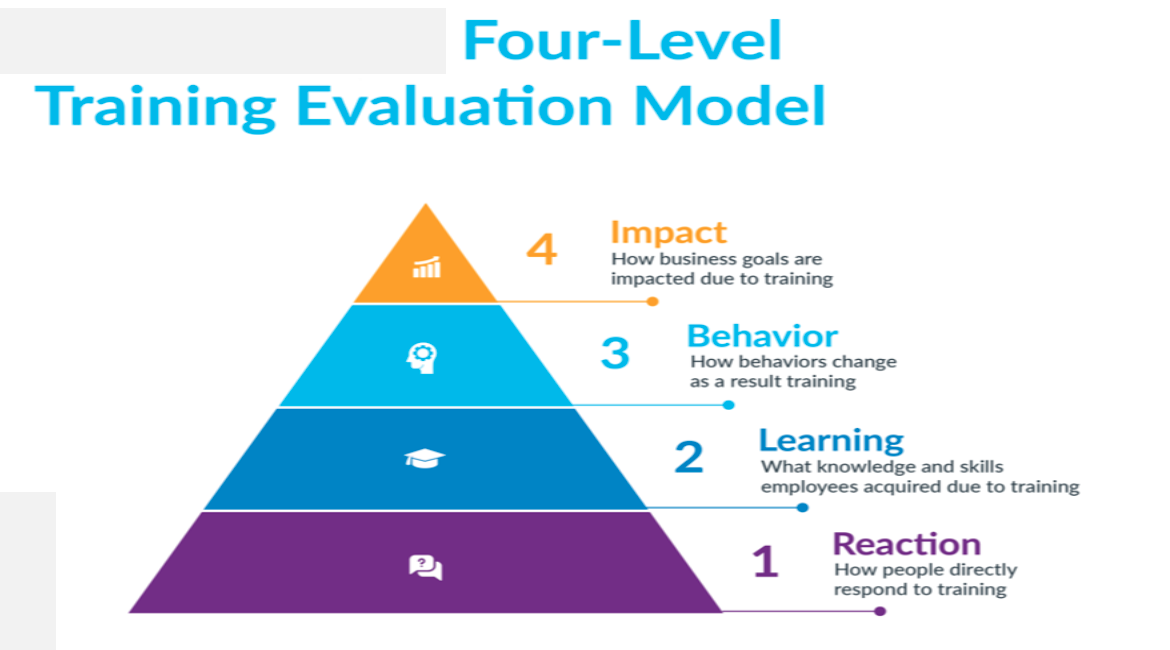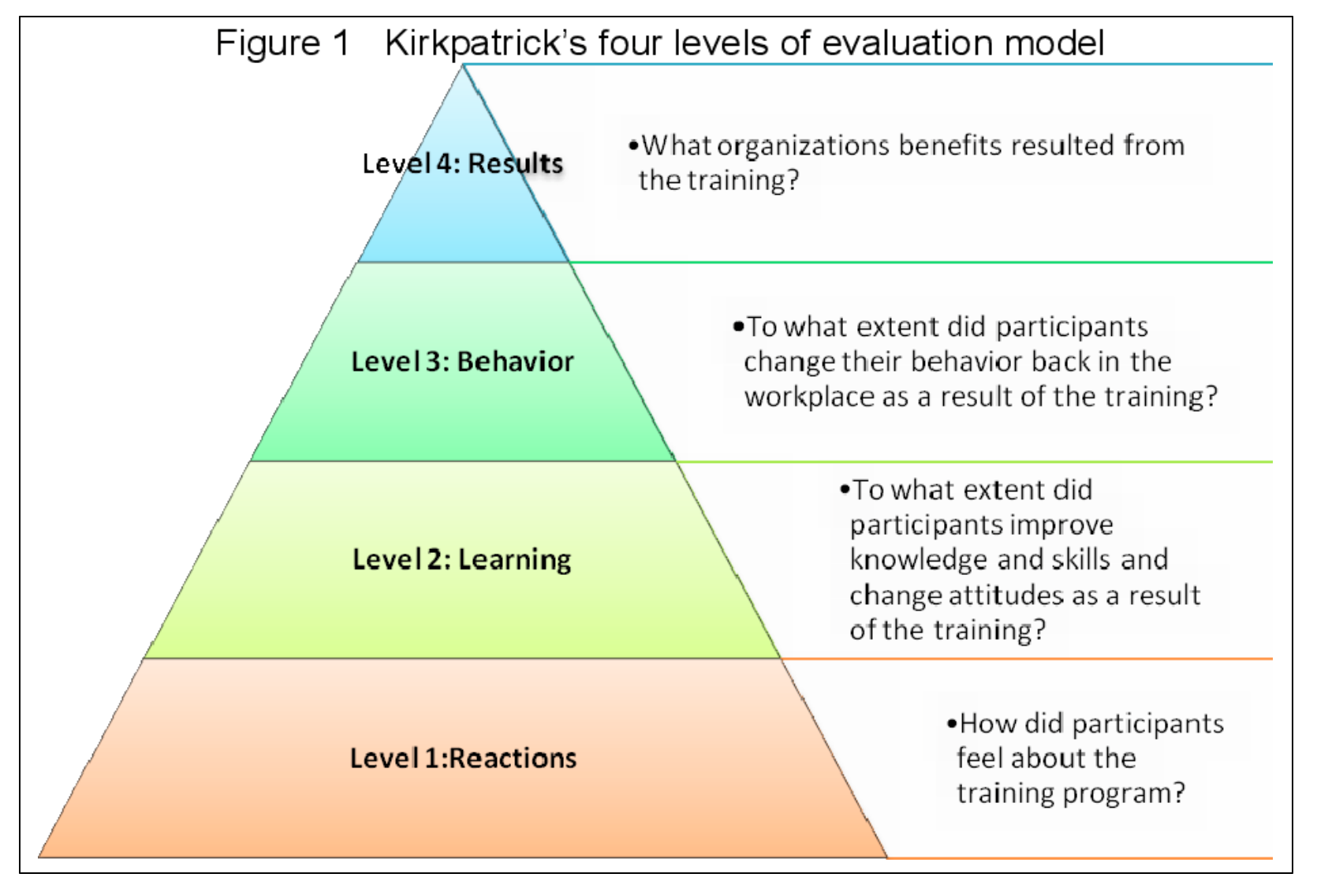 One of my favourite safety consulting activities is to provide executives with coaching, which I find very rewarding both in individual change and over time see the clients culture change. There are reasons why the best organizations across industries provide executive coaching to their leaders.
One of my favourite safety consulting activities is to provide executives with coaching, which I find very rewarding both in individual change and over time see the clients culture change. There are reasons why the best organizations across industries provide executive coaching to their leaders.
Coaching has been demonstrated to be one of the most effective practices in creating sustained positive changes among leaders. Coaches help executives and organizations reach goals that they may not be able to reach on their own. Coaches may help process obstacles to progress, act as accountability or thought partners, teach, give advice, and provide resources.
Executive coaching has been around for three or more decades now, and various specialties have emerged over the years such as healthcare executive coaching, education executive coaching, executive coaching in government, executive coaching in IT, etc. motivation, One specialty that was slow to emerge is that of executive safety coaching.
Executive safety coaching aims to develop an executive’s impact and influence to drive the organization’s safety culture and performance. For some executives, thinking as a safety leader is often a major shift from how they are accustomed to thinking about workplace health and safety. Many executives consider Safety is the responsibility of the health and safety department among many executive teams and occasionally might be led by one of the team’s executives. The idea that ALL executives should be held accountable for the safety performance of their team and the organization is often met with resistance. Nobody will dispute the importance of pursuing safety goals if someone else is responsible for them!
 Executives may be held accountable for safety through their effort to promote safety programs, coach their managers to address safety issues and concerns, and to provide the necessary visibility to show their commitment to safety on the shop floor
Executives may be held accountable for safety through their effort to promote safety programs, coach their managers to address safety issues and concerns, and to provide the necessary visibility to show their commitment to safety on the shop floor
The challenge is that as an organization makes the choice to evolve the culture and thinking about safety, executives may not have the support and awareness to effectively drive the transformation. In this case, executive coaches that specialize in safety leadership and safety culture transformation can support executives in the success of their initiatives.
Being an executive safety coach has helped me understand the unique work environment of high-risk jobs. They understand the drivers of safe work but also the necessary influence that executives must apply to successfully drive improved safety performance. They understand that safety isn’t just a function, but it is an outcome that all leaders are accountable for.
Why Would You Need Executive Safety Coaching?
It can be lonely at the top when driving a safety culture transformation! Executives are responsible for the people who report to them, and they are also responsible for achieving results, safety, productivity, and profitability. Many executives do not have the space or the people to discuss their challenges in a confidential manner. Often, the only people around them are those impacted by their decisions! Other executives don’t have the people in their network who can challenge them while supporting their progress.
An executive coach, like me, is one of the few people that can tell you what you need to hear but cannot or will not see. A coach can give objective and constructive feedback on your blind spots and provide an outside perspective on the business and the team.
Are you responsible for leading a safety culture transformation or improving safety leadership? Are you willing to reflect on your experience and observe yourself in action?
Are you willing to take responsibility for your actions and be held accountable for the results you produce?
Are you open to trying new ideas and different ways of doing things?
Are you willing to be challenged by your coach to realize your goals?
Are you willing to change or eliminate hindering behaviors that limit your success?
Are you willing to be truthful about your fears and barriers?
Then you are ready for Executive Safety Coaching!
BOOST SAFETY PERFORMANCE: EXECUTIVE SAFETY COACHING
Like every successful athlete, top leaders continuously invest in their Safety Leadership with an expert coach to boost safety performance.
Safety Leadership coaching has been limited, expensive, and exclusive for too long.
Coaching is a beneficial method to improve the performance of employees and increase productivity. The best leaders can coach team members to help them adapt to new situations, develop skills and increase their efficiency. Learning about the importance of coaching and the instances in a workplace that may require coaching can help improve coaching skills.
In this article, we discuss why coaching is important and how it benefits employees with scenarios of when leaders may coach their employees.
Why is coaching important in the workplace?
Coaching is important in the workplace because of how it benefits employees. Having a mentor to coach employees can improve their performance and increase job satisfaction. Here are other ways coaching employees can help: Affects employee performance.
Coaching can teach employees new skills for success and help them improve productivity at work.
Having a manager that is a coach can make them more approachable, so when employees need help, they may feel more comfortable going to their coach. This can help improve employee performance which ultimately benefits the success of the company.
Related: How to Become a Coach (With 5 Benefits of Manager Coaching for Employees) Helps achieve goals.
A coach can help create personal goals for each employee, which considers each employee’s skills and job role. Specific goals can lead to greater success because coaches design these goals carefully and they are more attainable and measurable when goals involve fewer people.
Promotes teamwork.
Coaching encourages collaboration between employees and promotes and strengthens teamwork. This leads to high efficiency and greater productivity because employees work together.
Establishes open communication.
When managers coach their employees, this establishes an open channel of communication between them. Coaching can also help build relationships between employees, which improves the work environment and makes the workplace more enjoyable for everyone. Teaches employees problem-solving skills.
One goal of coaching is to teach employees problem-solving skills so that they can better help themselves and perform their job tasks independently.
Coaches help employees develop problem-solving skills by introducing processes and strategies to find a resolution.
Coaching in the workplace can also increase retention rates because employees receive better training and therefore their performance and job satisfaction improve. Coaching also helps establish positive relationships at work which can have a big effect on the happiness of employees.
Examples of coaching scenarios
Here are examples of scenarios in which you may coach employees:
- Adapting behavior
An employee may require coaching to adapt their behavior if their behavior is affecting their or others’ work.
An example is an employee who turns in work late puts a project behind schedule, but a coach can help develop time management skills and improve the employee’s productivity.
Coaches may provide one-on-one training when company policy changes to help employees change their behavior and adapt to innovations. This eases transitions and can make employees more comfortable.
- Not only Executive Coaching, but employee Changing careers
When an employee changes careers and comes to work for a company, having a coach can help them learn their job tasks quickly, which helps the team reach its goals more efficiently. During a career change, there can be many job skills that an employee needs to develop for the new job.
A coach may help an employee change careers within the company as well. This is helpful for companies to hire candidates who are familiar with the team and job duties. They may do this by allowing the employee to job shadow someone in the company with the position that they are moving into. This situation may also apply to mentors coaching their successors before retirement.
- Developing skills
Coaches help new hires develop necessary skills for their job role, such as communication and technical skills. This is beneficial to the company because training programs improve talent and can make them more competitive.
Another scenario that requires coaching is when a company changes work processes, for example updating technology. To adapt to this change, coaches may teach employees how to use the new technology.
- Improving job performance
Improving employee job performance is a scenario where coaching can help an employee reach their goal quickly. For example, if an employee is under their production quota, a coach can provide them tips on how to improve their productivity. A coach can help improve job performance by monitoring progress and providing the employee with self-monitoring tools as well.
- Increasing positivity
A positive attitude affects productivity so managers can benefit from encouraging positivity in the workplace. In this scenario a coach may teach methods of relaxation, positive visualization and improving your mood at work. Consider coaching a workshop on positivity for all employees. This can offer preventative measures that promote positive thinking and reduce the risk of employees feeling negative.
- Problem-solving techniques
It’s helpful for managers to coach all employees on how to solve problems with proven techniques such as:
Brainstorming: Involves a group of people and helps a team collaborate and take part in the decision-making process.
Mind mapping: This allows you to visualize the problem by drawing and connecting it to potential solutions including details of how to implement the resolution.
Storyboarding: Helps visualize a process and potential outcomes by drawing a story of the problem and resolutions.
Coaching employees to use problem-solving methods can give managers more time to focus on strategies and offer employees more independence.
- Setting goals
Coaching employees on how to set goals is one of the most common coaching scenarios for the workplace because setting goals is an effective way of measuring progress and accomplishing tasks. Coaches may teach employees to use any of the goal-setting methods to set personal goals and to help accomplish team goals. here are popular goal-setting methods in the workplace:
SMART goals: Specific, measurable, attainable, relevant, and time-bound goals are easy to track and provide a detailed plan for how to reach your goals. This method is best for general goals, such as project completion.
HARD technique: Goal-setting method for a heartfelt purpose that you can animate and visualize yourself achieving with requirements and reasons for achieving a goal that is difficult. This method is for long-term goals like paying off a loan.
WOOP method: A method that works best for creating or quitting habits. To use this method you identify a wish, the desired outcome, obstacles to achieving the outcome and plan how to reach the wish you have.
- Receiving a promotion
When an employee receives a promotion, a coaching program can help them be more successful in the new role. In this scenario, a coach may train the employee and prepare them for the promotion by providing tools for the new role, showing how to perform tasks and help set performance goals.
- Reducing fear
Fear can inhibit an employee’s performance so finding methods to reduce their fear can improve performance and help achieve company goals. A coach could work with this employee to learn their fears and help find ways to address them. For example, if an employee is nervous to work with a new team, a coach can educate them on ways to communicate, introduce themselves and adjust to collaborating with new people.
- Retirement planning
Employees who reach retirement age may not be ready to retire and a coach can help determine how to utilize their talent and knowledge. This can help an employee adjust the capacity at which they work but remain working for the company.
Coaching can also help the team transition when a member retires. A coach would not only prepare the team but also help the employee with their retirement planning by helping them to notify human resources and finish projects.
- Returning to work
Employees who return to work after a leave of absence, maternity leave, a sabbatical, or a period of unemployment may need a coach to help them transition and assimilate back into the workplace. Returning to work can be a challenge and it is helpful to have someone to offer support and instruction on how to perform job tasks. In this situation, a coach may educate the employee on company policy, workflows, give an orientation of the building and introduce them to other team members. This provides a training program and equips employees with skills and knowledge they need to succeed.
Being an effective coach requires these skills:
Active listening
Active listening means listening carefully, understanding and being able to repeat what someone says.
As a coach, it is extremely important to listen to employees to learn what challenges them. This helps discover which skills to coach the employee to develop. Listening to employees that you are coaching also promotes trust and dependability because they know you care about their opinions.
Excellent communication skills are essential for effective leaders because much of coaching requires sharing instruction. Excellent communication includes written and oral skills and the ability to express yourself with these methods. Being a good communicator also helps a coach collaborate with their team and lead by example.
Interpersonal skills are abilities that help in building relationships. Abilities such as dependability, communication, and emotional intelligence help coaches to gain trust from employees and find unique ways to teach them.
It’s important to build relationships with employees because it benefits communication, improves productivity and can make you a more effective leader.
Goal setting
Setting goals is a common task for coaches. This skill is helpful to instruct employees and guiding them to success. The ability to set goals requires organizational, strategic, visualization and critical thinking skills. Coaches set goals for themselves but also part of coaching is to help employees create goals.
Observation skills are useful for coaches to determine who needs help and how to best aid the employee. Attention to detail can help a coach give personalized advice and help set a course for success for each employee.
Education
The primary role of a coach is the teach employees, so education skills are essential. Coaching requires empathy, patience, and knowledge of instructional methods. It is useful for a coach to become familiar with learning styles so they can adapt their coaching methods to how each employee learns most successfully. For example, if the employee is an auditory learner, lectures on how to improve their productivity with tips may be more effective than a hands-on approach.
An important job role of a coach is to evaluate the performance of employees. This helps track goals and helps adjust coaching methods. Evaluation skills include the ability to observe, analyze and interpret information as well as provide feedback to the employee for how to improve and what they are doing well.
Bio:
Dr. Bill Pomfret of Safety Projects International Inc who has a training platform, said, “It’s important to clarify that deskless workers aren’t after any old training. Summoning teams to a white-walled room to digest endless slides no longer cuts it. Mobile learning is quickly becoming the most accessible way to get training out to those in the field or working remotely. For training to be a successful retention and recruitment tool, it needs to be an experience learner will enjoy and be in sync with today’s digital habits.”
Every relationship is a social contract between one or more people. Each person is responsible for the functioning of the team. In our society, the onus is on the leader. It is time that employees learnt to be responsible for their actions or inaction, as well. And this takes a leader to encourage them to work and behave at a higher level. Helping employees understand that they also need to be accountable, visible and communicate what’s going on




